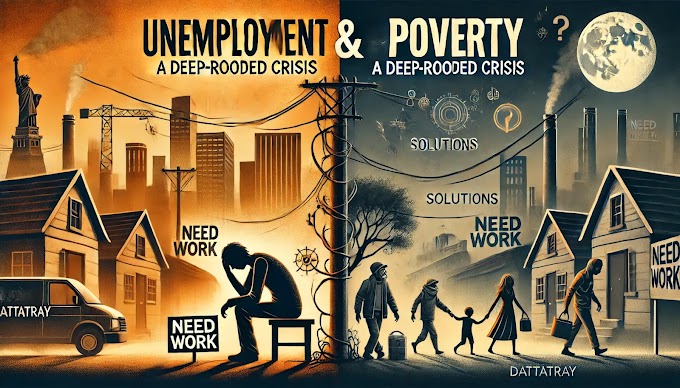Demystifying the Trade Life Cycle: A Journey from Order to Settlement
Introduction:
The world of finance is a highly complex and interconnected web of transactions, and at its heart lies the trade life cycle. This intricate process encompasses all the steps from the inception of a trade order to its final settlement, involving multiple parties and a multitude of tasks. In this article, we will demystify the trade life cycle, breaking down each stage to better understand the intricate workings of financial markets.
The Trade Life Cycle - Step by Step:
Trade Initiation:
It all begins with a decision to trade. This could be an individual investor placing a stock order or a financial institution executing a complex derivative trade. The trade is initiated by a buy or sell order, which includes details like the security or asset, quantity, price, and instructions.
Order Routing:
Once the order is received, it needs to be routed to the appropriate trading venue. In today's electronic trading world, this often happens within milliseconds as orders are directed to various exchanges, dark pools, or market makers.
Order Matching:
At the trading venue, orders are matched, and trades are executed. In a stock exchange, for instance, buy and sell orders are matched based on price and time priority. Once matched, the trade is executed, and the trade details are confirmed to both parties.
Trade Confirmation:
Both the buyer and the seller receive trade confirmations, which include details of the executed trade, such as the security, quantity, price, and trade date. These confirmations serve as legal records of the trade.
Trade Capture:
After confirmation, the trade details are captured in various systems, including those of the trading venue, clearinghouse, and the involved financial institutions. This step ensures that all parties have an accurate record of the trade.
Clearing and Confirmation:
Clearinghouses play a crucial role in ensuring the integrity of the trade. They act as intermediaries, guaranteeing that both parties will fulfill their obligations. Clearinghouses net trades to reduce the number of transactions, simplifying the process and reducing risks.
Trade Settlement:
Settlement involves the exchange of cash for the securities. For stocks, this typically occurs two business days after the trade date (T+2), known as "T+2 settlement." Settlement can be physical (exchange of physical certificates) or electronic (book-entry), depending on the asset class.
Post-Settlement Processing:
Beyond settlement, there are still various post-settlement processes. These include reconciliation, corporate actions (e.g., stock splits or dividends), and custody, where securities are held securely on behalf of the owner.
Reporting and Record Keeping:
Robust record keeping and reporting are crucial for regulatory compliance and risk management. Financial institutions must maintain detailed records of all trades and related activities.
Trade Lifecycle Management:
Throughout the trade life cycle, risk management and compliance teams monitor activities to ensure adherence to regulations and internal policies. They assess risks associated with each trade and take necessary actions to mitigate them.
Conclusion:
The trade life cycle is the backbone of financial markets, ensuring the smooth and efficient functioning of global trading activities. From the initiation of a trade order to its final settlement, a multitude of tasks, systems, and institutions work seamlessly to facilitate billions of trades daily.
Understanding the trade life cycle is not only essential for professionals in finance but also for investors and the general public. It sheds light on the complexities and safeguards that underpin the global financial system, providing transparency and confidence in the functioning of markets.
Thanks For Reading ( Have A Great Week :)
.png)






.png)

.png)


.png)
0 Comments